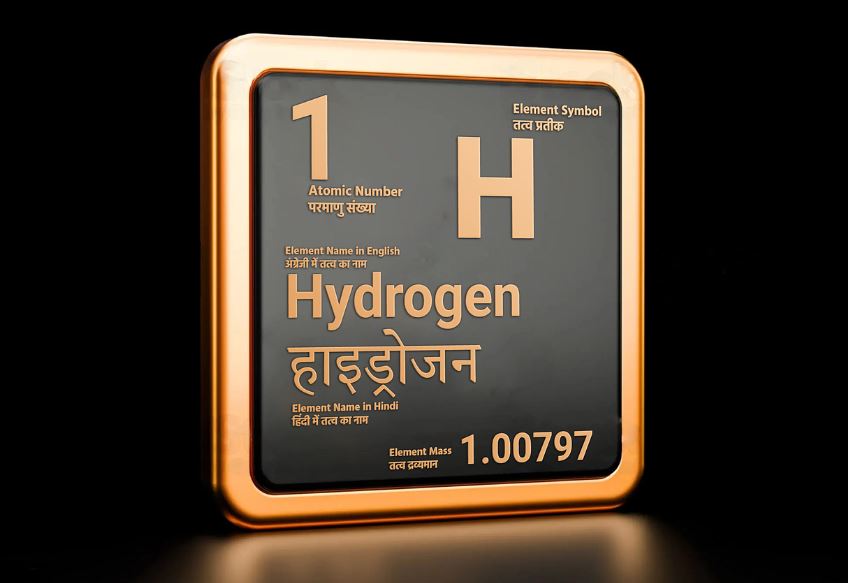The global buzz surrounding natural hydrogen, also known as white or gold hydrogen, is rapidly gaining momentum as a potential game-changer in the quest for cost-effective and low-carbon energy sources.
According to recent research by Rystad Energy, the number of companies actively searching for natural hydrogen deposits has significantly increased, with 40 companies engaged in exploratory efforts at the end of last year, up from just 10 in 2020. Currently, exploration activities are taking place in various countries including Australia, the US, Spain, France, Albania, Colombia, South Korea, and Canada.
One of the key advantages of white hydrogen is its cost competitiveness compared to other forms of hydrogen. Grey hydrogen, produced from fossil fuels, costs less than $2 per kilogram on average, while green hydrogen, produced using renewable electricity, is currently more expensive. However, the cost of green hydrogen is expected to decrease in the coming years as electrolyzer prices fall, white hydrogen is projected to remain cheaper.
For instance, Canada-based producer Hydroma is already extracting white hydrogen at an estimated cost of $0.5 per kilogram. Projects in Spain and Australia are aiming for a cost of about $1 per kilogram, demonstrating the price competitiveness of white hydrogen.
In addition to cost advantages, white hydrogen also offers a low carbon intensity. With a hydrogen content of 85% and minimal methane contamination, the carbon intensity is around 0.4 kg CO2 equivalent per kg hydrogen gas, including embodied emissions and hydrogen emissions. If the methane content increases, the carbon intensity also rises.
Minh Khoi Le, head of hydrogen research at Rystad Energy, highlighted the potential of white hydrogen as a game-changer in the clean hydrogen sector, emphasizing its affordability as a clean natural resource. While the reserves of white hydrogen are still uncertain, there are ongoing efforts to address transportation and distribution challenges associated with hydrogen.
